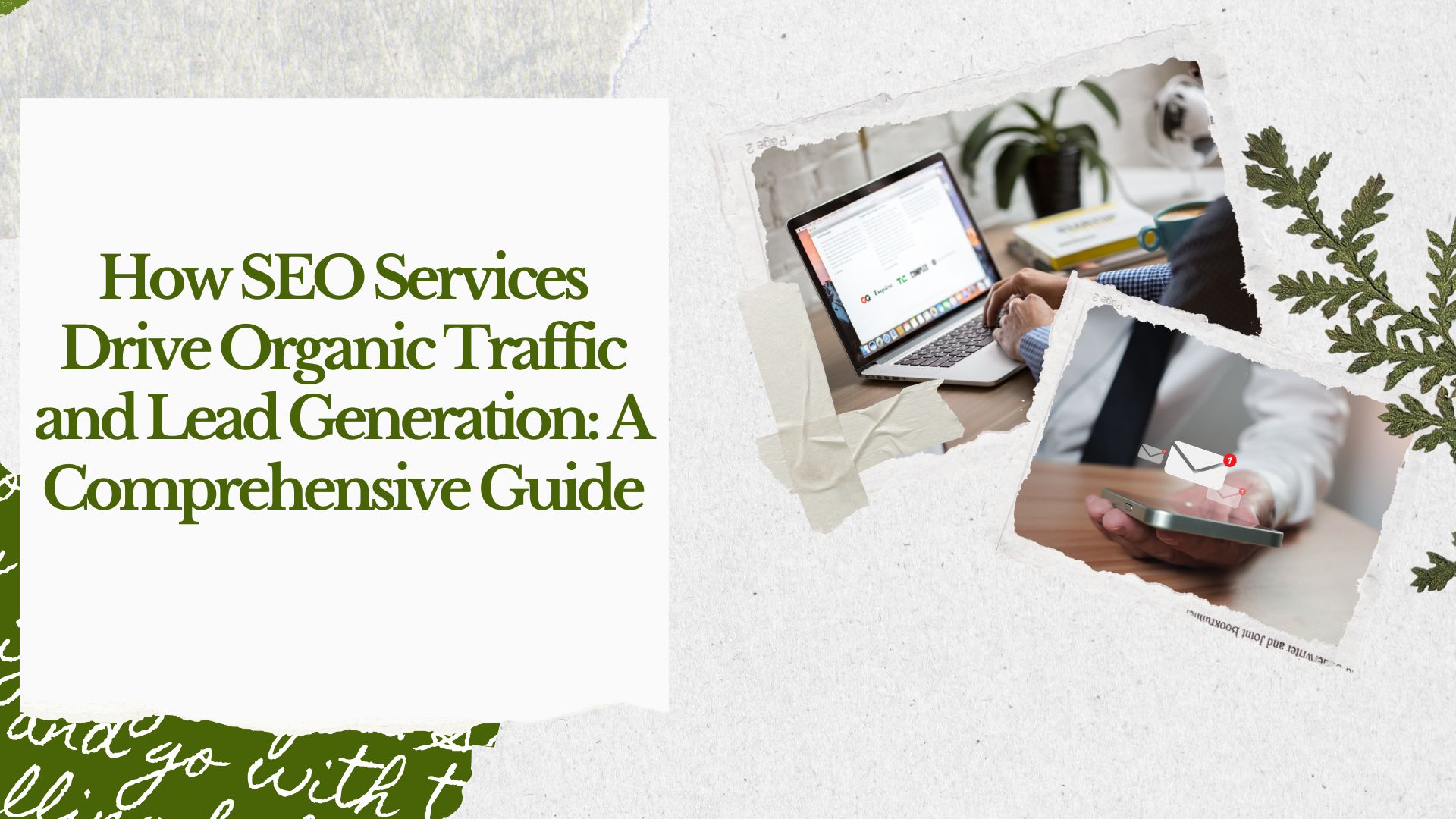In the digital landscape, an effective SEO strategy is paramount for the success of any ecommerce business. Among the various components that contribute to this strategy, XML sitemaps play a critical role. Understanding how to manage advanced XML sitemaps can significantly enhance your ecommerce site’s visibility and performance. This article explores the intricacies of XML sitemap management within the context of ecommerce SEO services and how leveraging advanced techniques can boost your website’s performance.
Understanding XML Sitemaps
An XML sitemap is a file that lists the pages of your website, providing search engines with a roadmap to crawl and index your site more efficiently. For ecommerce websites, where multiple products, categories, and content are constantly being added and updated, maintaining an up-to-date sitemap is crucial.
Why Are XML Sitemaps Important for Ecommerce SEO Services?
Improved Indexing: With numerous pages on an ecommerce site, search engines may overlook some. An XML sitemap ensures that all pages, including those deep within the site’s hierarchy, are indexed.
Enhanced Crawl Efficiency: XML sitemaps guide search engines in crawling your site more effectively, allowing them to discover and index new products and content quickly.
Priority and Frequency: Sitemaps allow you to set priorities and update frequencies for different pages. This is particularly important for ecommerce sites that frequently update product information, prices, and availability.
Key Features of Advanced XML Sitemap Management
Managing XML sitemaps goes beyond simply creating and submitting them to search engines. Here are some advanced features that can enhance your ecommerce SEO services:
Dynamic Sitemap Generation
Ecommerce websites often have a high volume of products and categories, which can change rapidly. Utilizing dynamic sitemap generation allows your site to automatically update the sitemap whenever new products are added or existing ones are modified. This ensures that search engines always have access to the latest information.
Multi-Sitemap Structure
For larger ecommerce websites, a single sitemap can become cumbersome and exceed size limits. Implementing a multi-sitemap structure allows you to organize your products and categories into separate sitemaps. For instance, you could have one sitemap for products, another for categories, and another for blog content. This organization not only enhances crawl efficiency but also makes it easier for search engines to index your content accurately.
Prioritization of Important Pages
Not all pages on your ecommerce site hold the same value. Advanced XML sitemap management enables you to assign priorities to your pages. For instance, product pages and landing pages for sales promotions should be prioritized higher than informational pages. This prioritization signals to search engines which pages are more critical, guiding their crawling and indexing efforts effectively.
Inclusion of Image and Video Sitemaps
For ecommerce sites that use rich media, such as product images and videos, including these in your XML sitemap is essential. Image and video sitemaps help search engines understand and index your visual content, enhancing your chances of appearing in rich snippets and image searches. This is particularly valuable for ecommerce SEO services, as visual content often plays a significant role in attracting customers.
Handling Out-of-Stock Products
Managing out-of-stock products in your XML sitemap is crucial for maintaining an effective SEO strategy. Rather than removing these products from the sitemap entirely, you can use techniques such as setting a “noindex” tag to indicate that these pages should not be indexed by search engines. This way, you preserve the URLs for future use without compromising your site’s overall SEO performance.
Implementing Advanced XML Sitemap Management
To fully leverage the benefits of advanced XML sitemap management, consider the following actionable steps:
Use Reliable SEO Tools
Investing in reliable ecommerce SEO packages that include advanced XML sitemap management features can streamline the process. Tools like Yoast SEO, SEMrush, or Ahrefs can automate sitemap generation and ensure your sitemaps are always up-to-date.
Regularly Audit Your Sitemap
Conduct regular audits of your XML sitemap to ensure that it is functioning correctly and that all pages are accounted for. Check for broken links, outdated pages, or duplicates that could hinder your site’s SEO performance.
Submit Your Sitemap to Search Engines
Once you have created and organized your XML sitemap, submit it to major search engines like Google and Bing through their respective webmaster tools. This submission alerts search engines to the existence of your sitemap, facilitating better indexing.
Monitor Sitemap Performance
Regularly monitor your sitemap’s performance using tools like Google Search Console. This will provide insights into how search engines are crawling your site, any errors that need addressing, and the overall health of your ecommerce SEO services.
Educate Your Team
Ensure that your team understands the importance of XML sitemaps in the broader context of your ecommerce SEO strategy. Providing training on how to manage and update the sitemap can empower your team to maintain an effective SEO presence.
Conclusion
Advanced XML sitemap management is a crucial aspect of ecommerce SEO services that can significantly enhance your website’s visibility and search engine performance. By utilizing dynamic generation, multi-sitemap structures, and effective prioritization techniques, you can ensure that search engines efficiently crawl and index your site. As you implement these strategies, remember that your ultimate goal is to create an optimized user experience that drives traffic and conversions.
Incorporating these advanced techniques into your ecommerce SEO packages will not only streamline your operations but also position your business for long-term success in the competitive online marketplace. By prioritizing XML sitemap management, you’re not just improving your SEO; you’re enhancing your overall ecommerce strategy, paving the way for increased visibility and sales.





